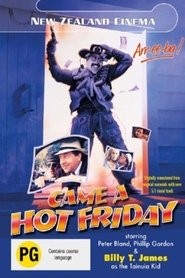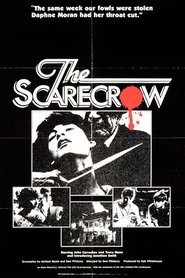
1986 star_border 7.2
playlist_add 
1985 star_border 6.5
playlist_add 
1982 star_border 5.2
playlist_add 
1981 star_border 5.2
playlist_add 
1981
playlist_add 
1980
playlist_add 
1979
playlist_add 
1978
playlist_add 
1978
playlist_add 
1977
playlist_add 
1977
playlist_add 
1977
playlist_add 
1975
playlist_add 
1975
playlist_add 
1974
playlist_add 
1974
playlist_add 
1973 star_border 5.5
playlist_add 
1972
playlist_add 
1971
playlist_add 
1970
playlist_add Show more
expand_more